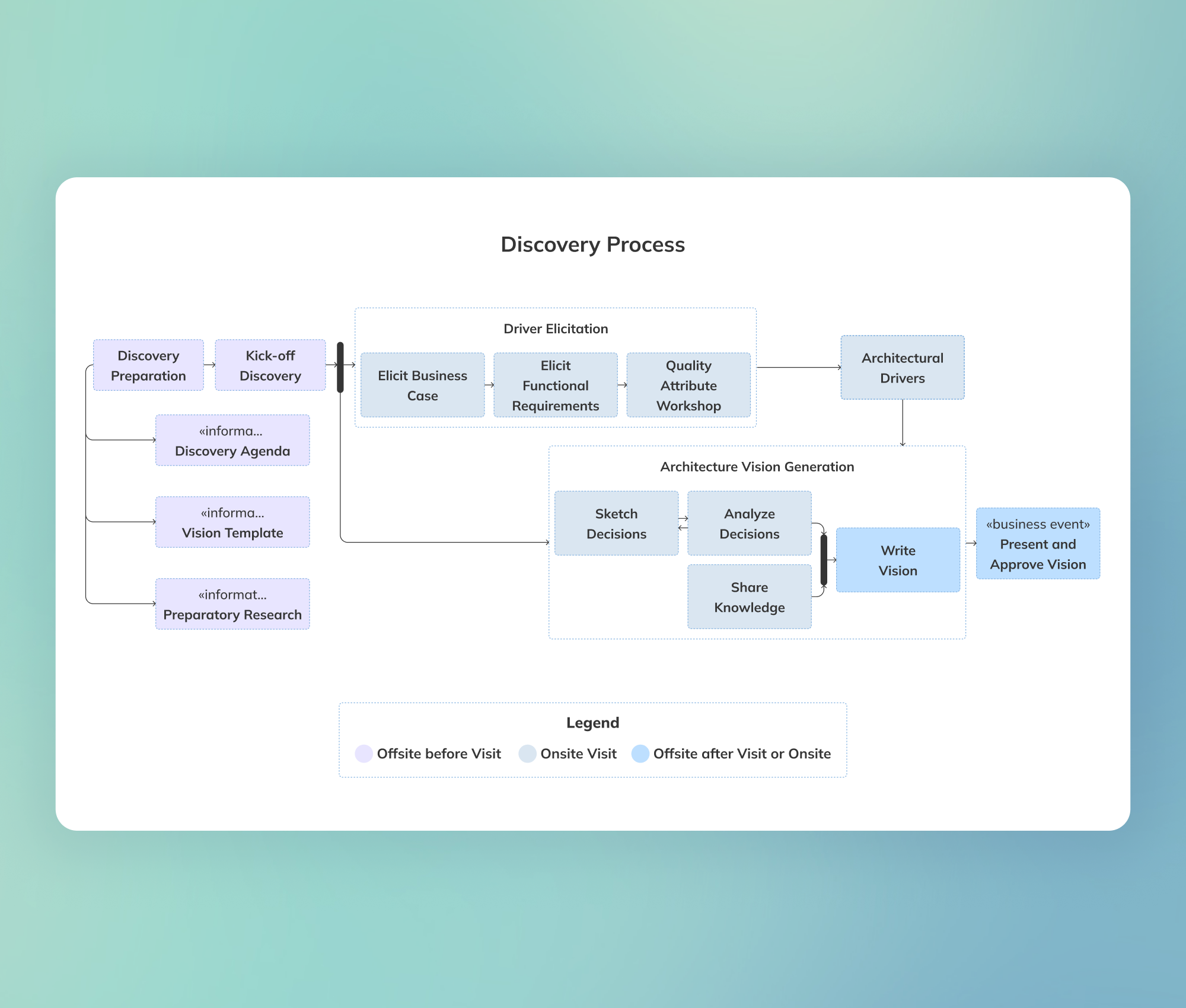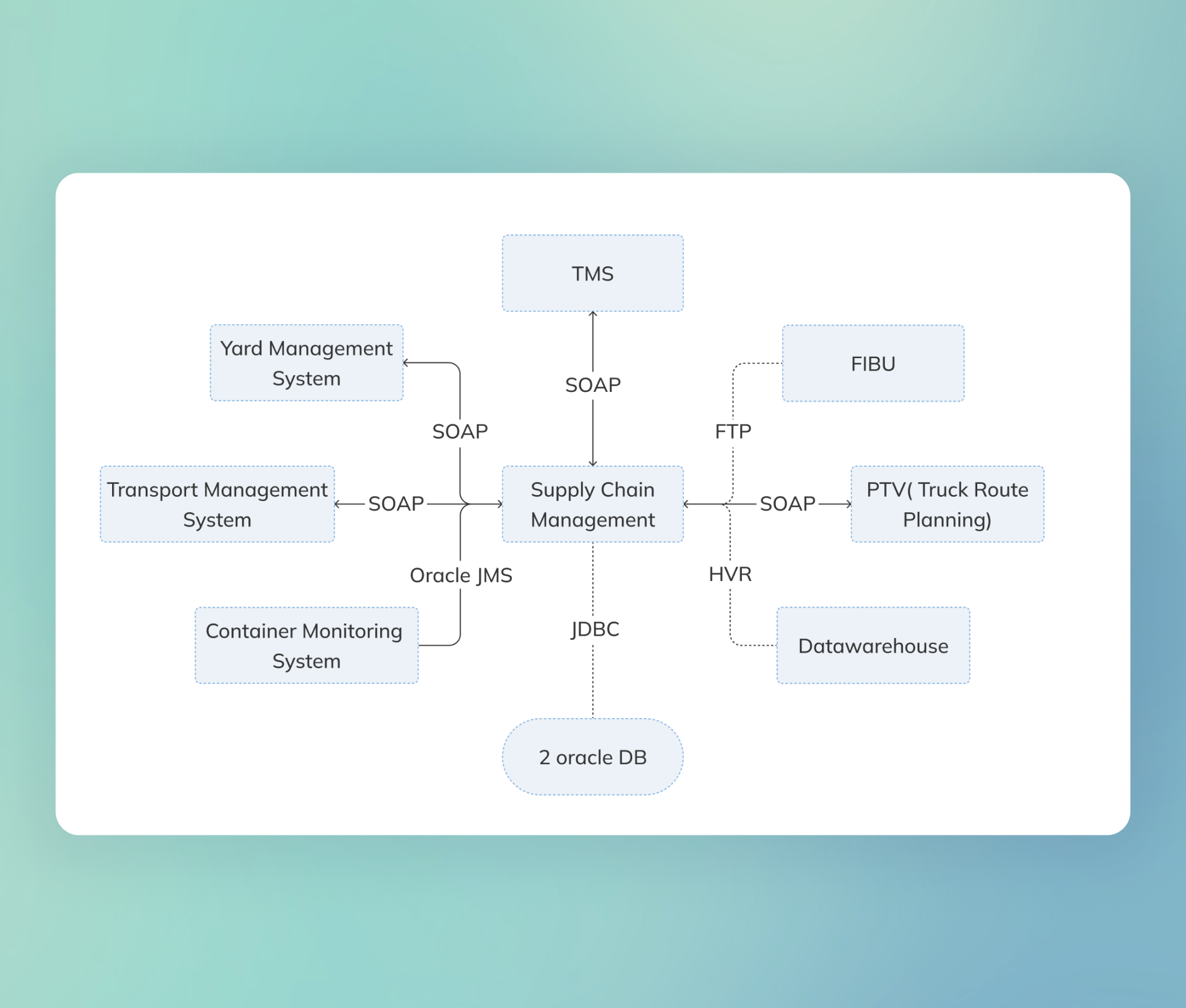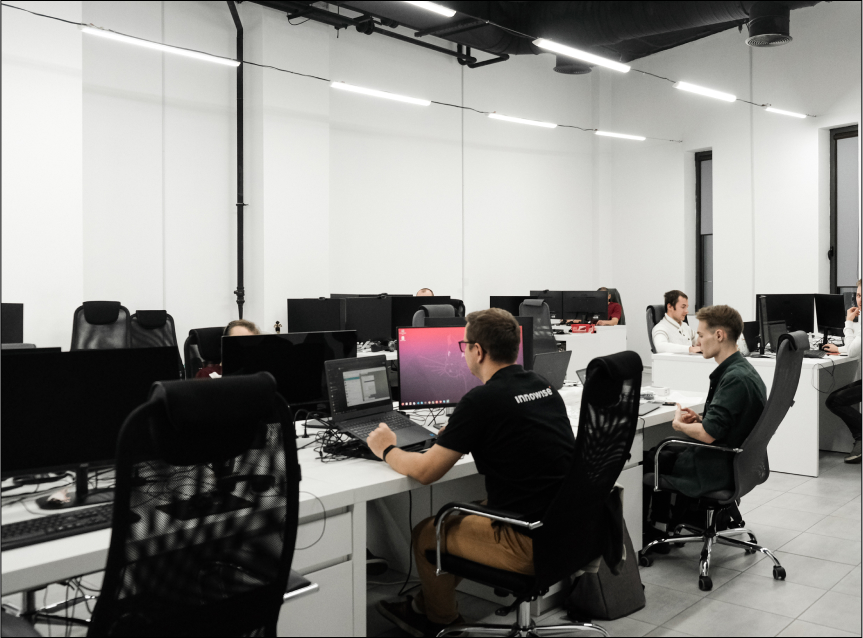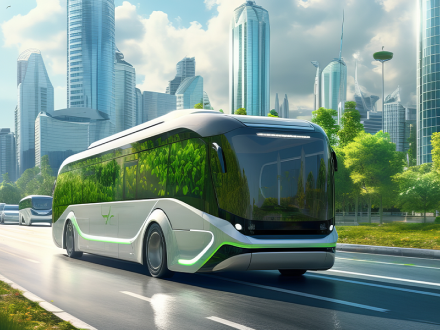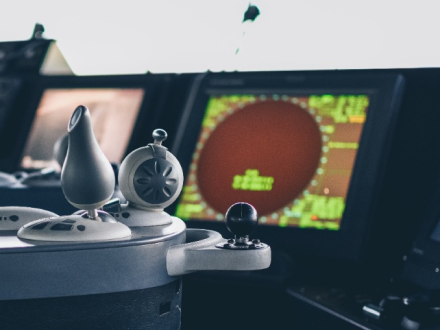With a comprehensive roadmap in hand, we transitioned to the pivotal task of migrating the logistics software from Java 6 to Java 17. This endeavor was more than a simple update; it was a strategic transformation that involved thorough planning, skilled execution, and a commitment to ensuring a seamless transition.
Strategy formulation
Drawing on our experience, we devised a comprehensive strategy for the migration process. The strategy addressed the technical intricacies while also accounting for potential disruptions to the business operations. The goal was not just to migrate the codebase but also to leverage the new capabilities offered by Java 17 to enhance the software’s performance and features.
Codebase migration
Recognizing the foundational changes between these two Java versions, our initial step was a comprehensive audit of the existing codebase, followed by creating a robust backup as a fail-safe measure. Leveraging an isolated migration environment, our engineers upgraded the software dependencies to ensure seamless compatibility with Java 17’s enhanced features and performance metrics.
A critical aspect of our migration strategy was enhancing the system’s logging mechanisms. Drawing on our expertise, we fortified the application modules to capture a wide range of data – from user activities and exceptions to security threats like improper operations and incorrect login attempts. These advanced logging measures were not mere additions but were integral to the client’s overarching security and compliance requirements.
The software’s architecture was another focal point. Given the client’s need for agility and scalability, and based on our own experience with evolving tech landscapes, our team transitioned the software to a microservices architecture pattern. This decoupled, modular design facilitated independent deployment of services, better fault isolation, and scalability – a requisite for a logistics entity with expansive operations.
However, the true challenge lays in code modernization. It was imperative to integrate the Stream API and lambda expressions from Java 8 so that the code became both concise and easily understandable. Meanwhile, we examined all collections to ensure alignment with Java 17 standards. Adopting the ‘var’ keyword was another step to contemporize our codebase. Additionally, string operations were revamped to match Java 17 specifications, and wherever feasible, we transitioned from chains of if/else statements to the more versatile switch statements introduced in the newer Java version. Ensuring all these changes had no unintended consequences was our utmost priority, underscored by rigorous testing of all public methods’ logic.


